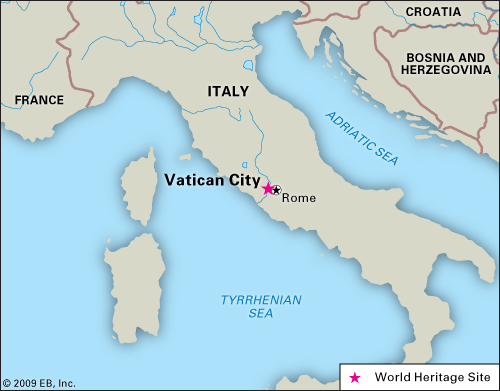
Argentina’s Freight Transport Industry
Argentina’s freight transport industry is a critical component of the country’s economy, supporting domestic commerce, agricultural exports, and international trade. The vast geography of Argentina, stretching over 2.7 million square kilometers, presents both opportunities and challenges for freight logistics across land, air, and water.
Key Modes of Freight Transport
1. Road Transport: Road transport dominates freight movement in Argentina, accounting for around 90% of domestic cargo. The country has an extensive road network of over 230,000 kilometers, with the majority being paved. Trucks are essential for moving agricultural goods from inland provinces like Córdoba and Santa Fe to ports such as Rosario and Buenos Aires. However, the sector faces challenges such as poor road maintenance in rural areas, fuel cost fluctuations, and high toll fees.
2. Rail Transport: Rail plays a smaller role, contributing around 5% to the total freight volume. The system is divided among several regional networks, including Belgrano Cargas and Ferroexpreso Pampeano. In recent years, the government has made efforts to revitalize the rail sector through investment and public-private partnerships. Rail is seen as a cost-effective and environmentally friendly option, especially for bulk commodities like soybeans, maize, and minerals.
3. Maritime Transport: Argentina’s long Atlantic coastline and major river systems (especially the Paraná River) make maritime transport an essential part of its freight infrastructure. The Port of Buenos Aires, Rosario, and Bahía Blanca are key hubs for both imports and exports. The country is one of the world’s top agricultural exporters, so port efficiency is crucial. Dredging, port congestion, and customs procedures remain areas needing reform.
4. Air Freight: Air cargo represents a small portion of the freight sector, mainly focused on high-value or time-sensitive goods. Ezeiza International Airport in Buenos Aires handles the majority of air freight. While limited in volume, air freight supports Argentina’s pharmaceutical, electronics, and fresh produce exports.
Economic and Strategic Importance
Freight transport is fundamental to Argentina’s agricultural economy. The Pampas region produces vast quantities of soy, corn, wheat, and beef, all of which require efficient transportation to reach global markets. The logistics chain—from farm to port—affects the competitiveness of these exports. Delays or inefficiencies can result in significant financial losses.
Challenges and Reforms
Argentina’s freight transport industry faces numerous structural issues. These include aging infrastructure, limited intermodal connectivity, bureaucratic bottlenecks, and a need for greater investment in technology. The government has launched infrastructure programs aimed at improving railways, highways, and ports. Additionally, digitization and logistics platforms are beginning to gain traction, offering better supply chain visibility.
Outlook
Despite challenges, the freight transport sector in Argentina is expected to grow, driven by increased agricultural output, regional trade with Brazil and Chile, and demand for logistics services. Continued investment and regulatory reforms will be key to improving efficiency and reducing logistics costs, which are currently among the highest in Latin America.



Leave a Reply